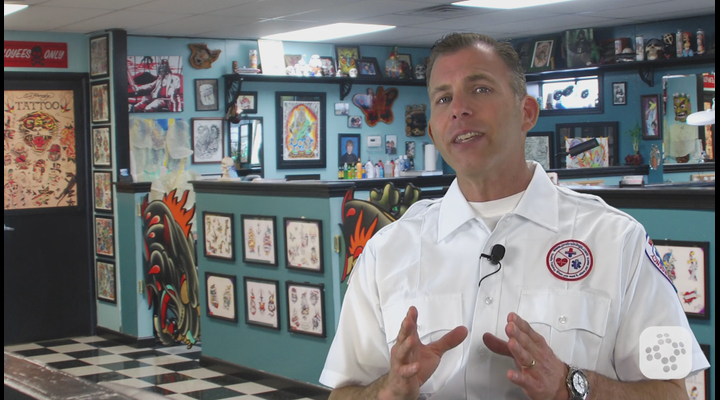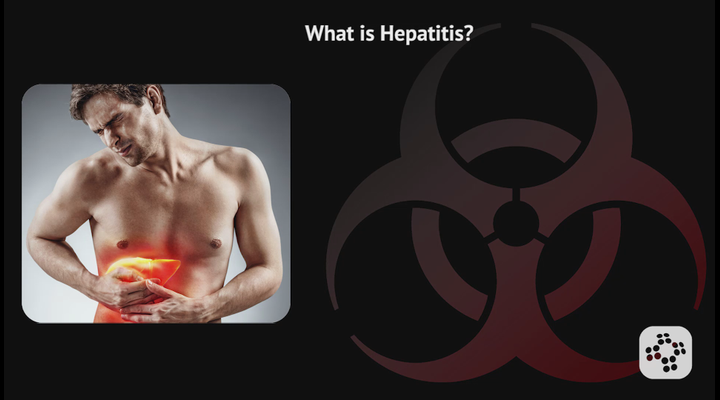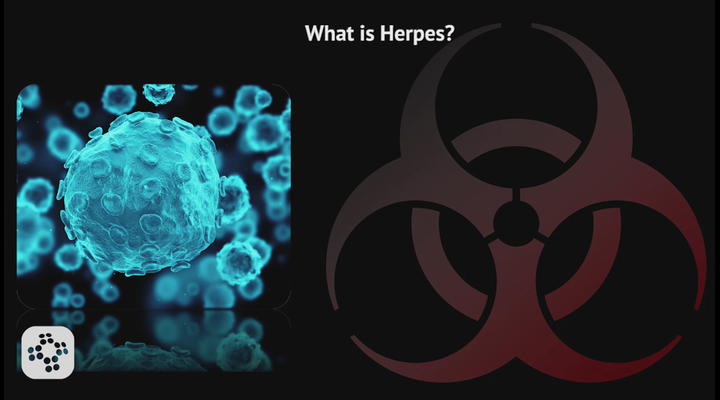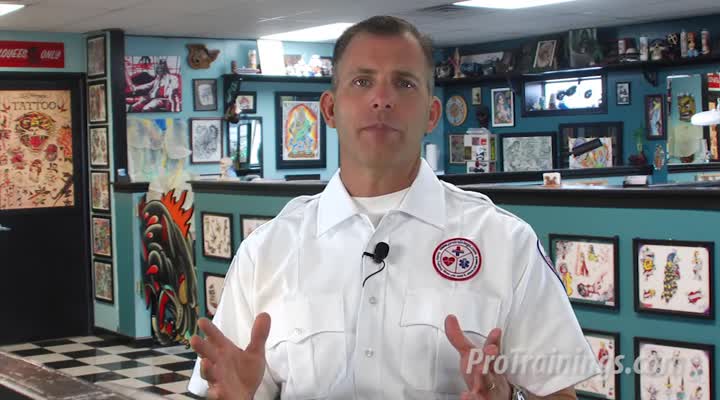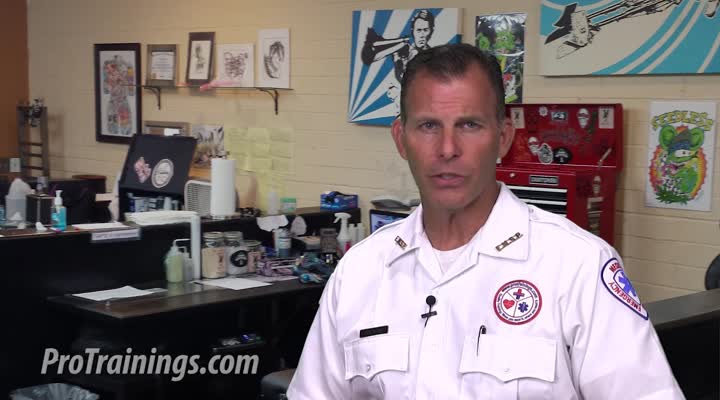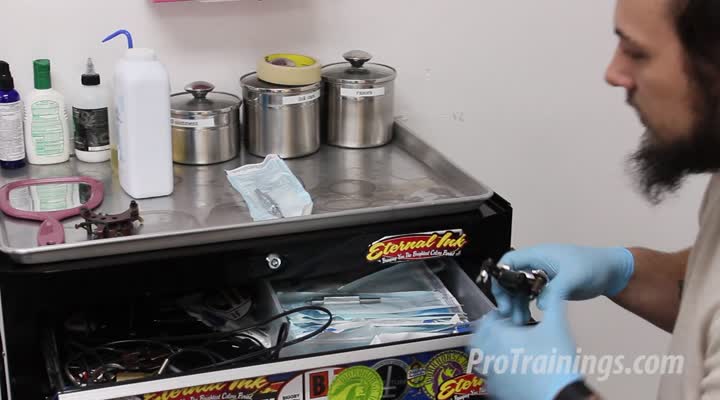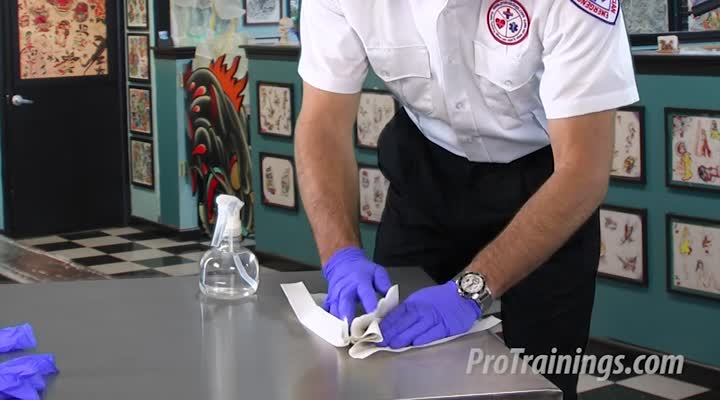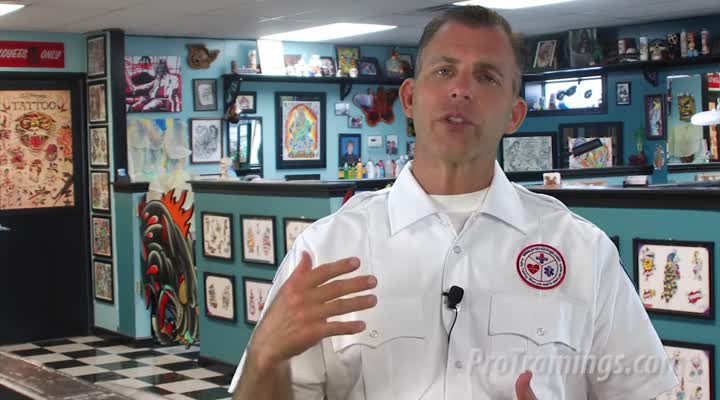California Compliant Bloodborne for Body Art Training Videos
California Bloodborne Pathogens Exposure Control Training for Body Artists
Intro to CA Bloodborne Pathogens for Body Art
In this introductory section of your California bloodborne pathogens for body art course, we'll be going over some things you can expect to learn such as: how to protect yourself from bloodborne diseases, what potential diseases you may face if you come into contact with someone's blood or bodily fluids, and what to do if a client started bleeding and blood got on the floor, surfaces, tools, and equipment. We'll then get into some specifics like body art regulations for LA County, infection control for body artists, and finally, we'll teach you how bloodborne pathogens are spread.
Types of Bloodborne Diseases
In this section of your California bloodborne pathogens for body art course, you'll be learning about specific diseases -- HIV and AIDS, Hepatitis B virus, Hepatitis C virus, syphilis, and skin diseases. We will be specifically introducing you to some important statistics, the signs and symptoms of each, some important takeaways to keep in mind, along with some additional information on each that you may find useful. You'll also learn about incubation periods for a few of the most common bloodborne pathogens that you'll likely encounter.
Engineering and Work Practice Controls
This section of your California bloodborne pathogens for body art course deals entirely with work practices that you can take to limit your exposure to infectious diseases. You will learn about California body art regulated waste, body fluid cleanup, glove removal, proper handwashing techniques, exposure incident and reporting, equipment sterilization procedures, body art machine safety, the Safe Body Art Act, possible medical issues with body art, and body art storage, chemicals, and labels. While some of the lessons may appear elementary, they are nonetheless vital to ensuring a safe workplace.
Course Details
2 hours and 7 minutes
English and Español
Roy Shaw
English and Español
California Compliant Bloodborne for Body Art at a Glance
- Learn about bloodborne pathogens and how they are spread.
- Familiarize yourself with the most threatening bloodborne diseases for body artists.
- Equip yourself with practices for reducing your risk of infection.
- Keep your tattoo artists safe from life-threatening and preventable infections.
- Ensure you are compliant with California AB300, AB1168, and all other local and national regulations.
- Satisfy California requirements for course length and mandatory topics.




